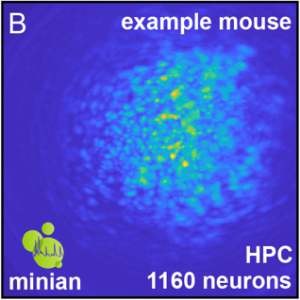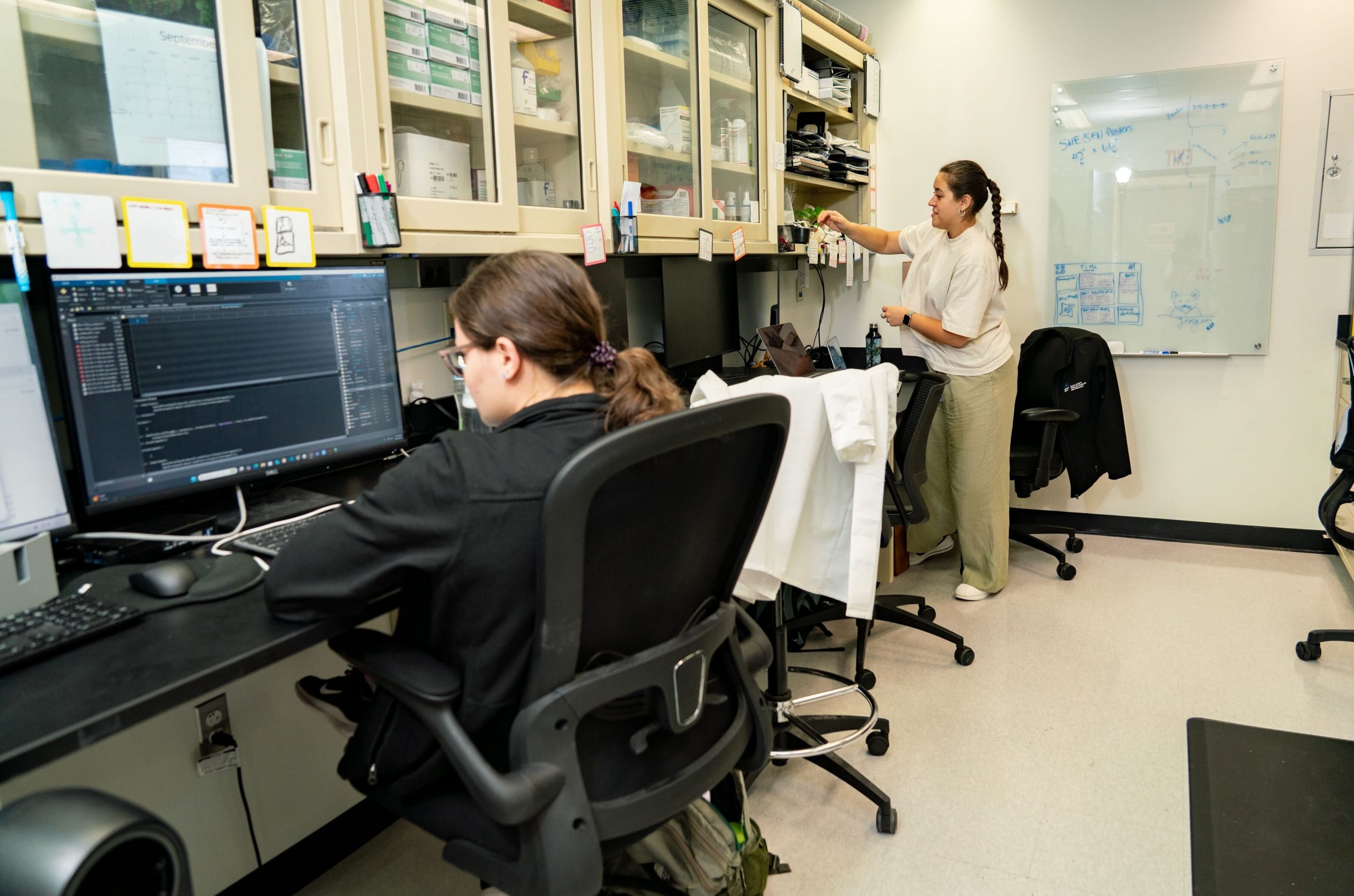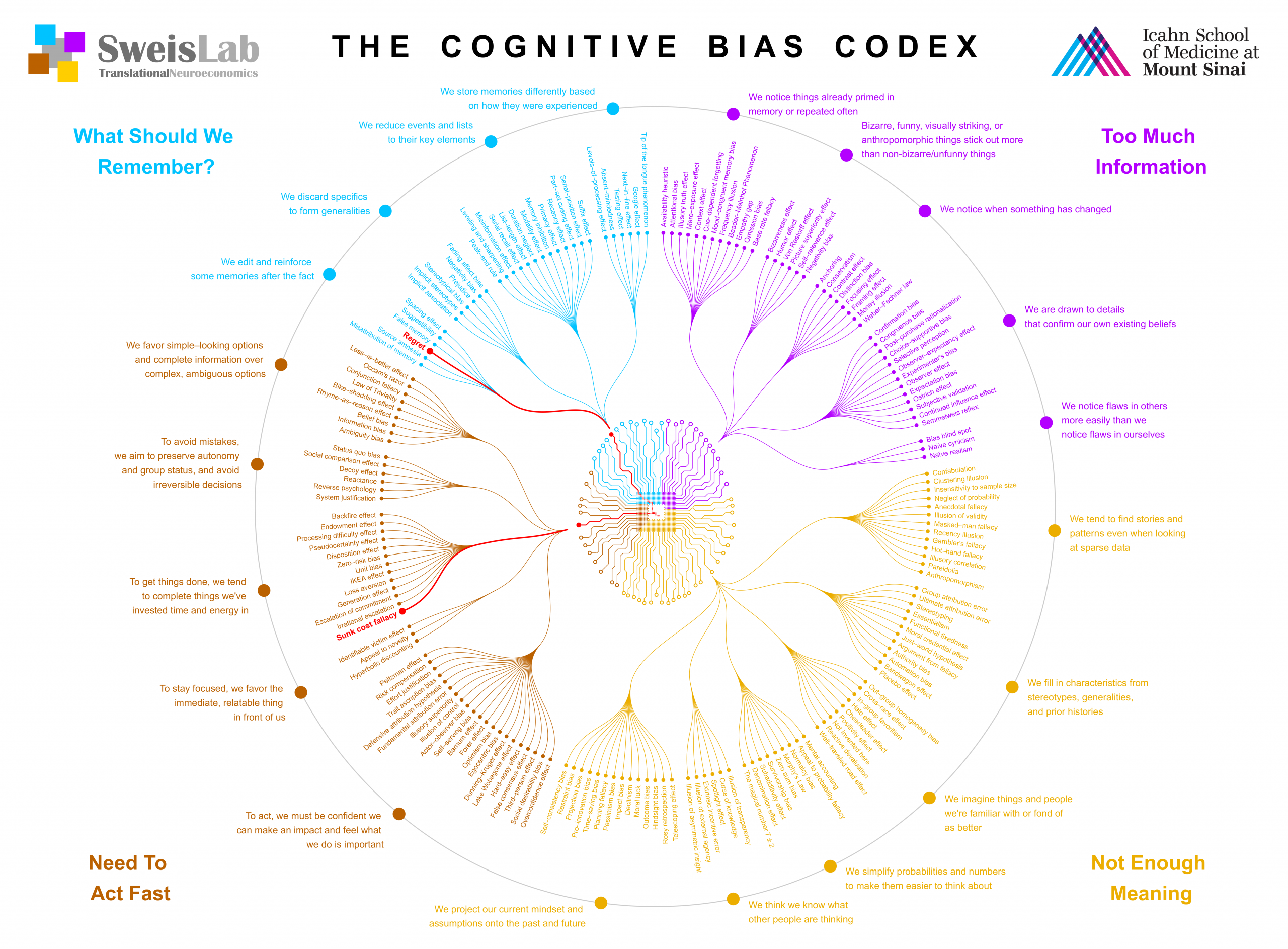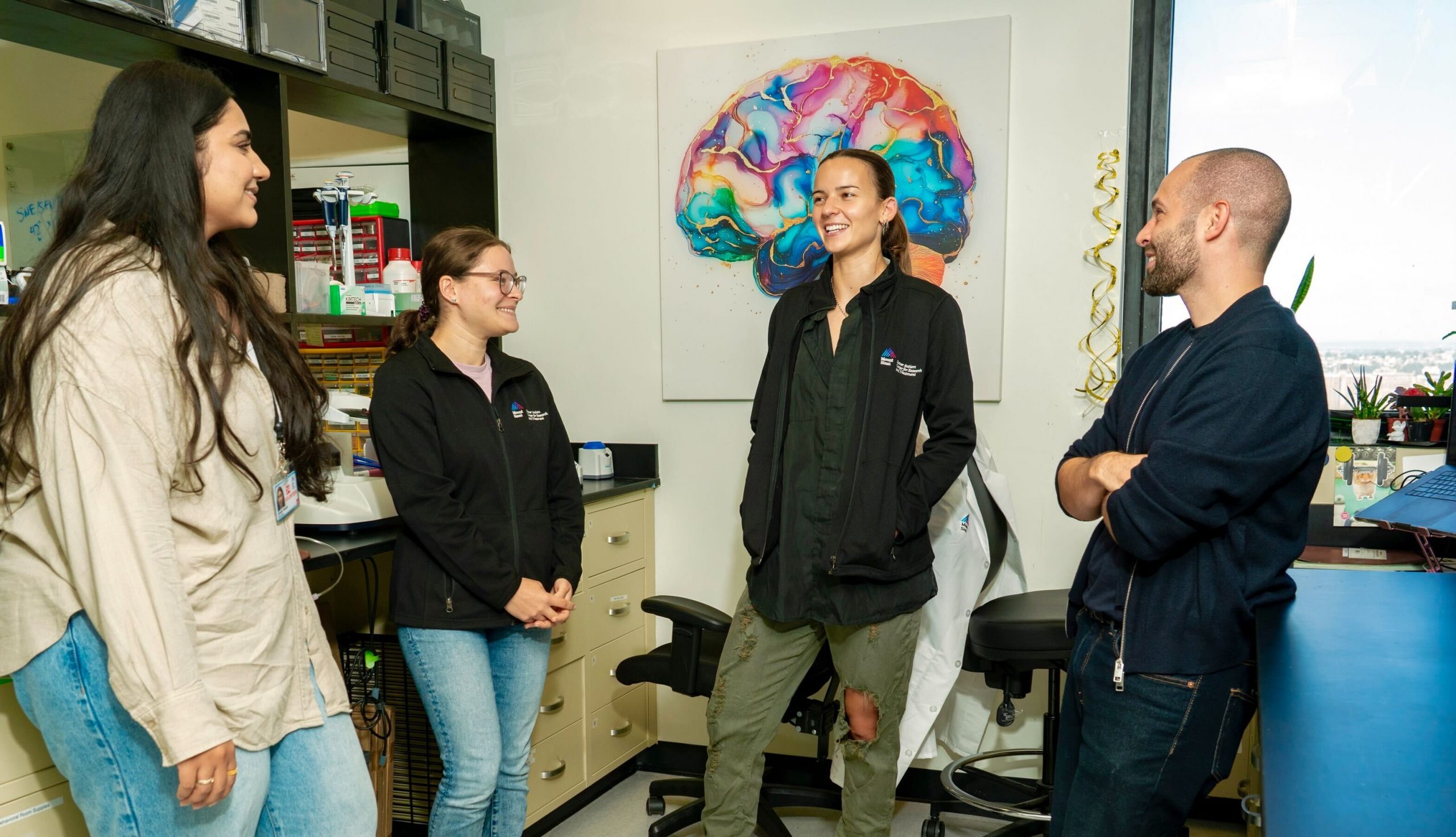Our Research
Our lab studies how the brain makes complex decisions. Our goal is to characterize how different circuits that process information when making choices go awry in neuropsychiatric disorders.

Our lab utilizes a unique combination of cutting-edge and modern circuit dissection tools and complex, innovative animal behavioral paradigms rooted in principles of translational neuroeconomics and evolutionary biology. Our lab is continuing to grow and adopt the latest approaches in systems neuroscience, including in vivo physiology tools such as fiber photometry and miniature microendoscopes, as well circuit interrogation tools including optogenetics and chemogenetics.
Watch this video that highlights some of our cross-species translational decision-making tasks developed by our group and used by over 20 other laboratories across the country.
Our lab has adopted a number of cutting-edge system neuroscience approaches to study decision-making.
These approaches include leveraging modern circuit dissection tools in rodent laboratory animal models to interrogate pathways important for how the brain processes information when selecting choices. These tools include in vivo imaging and perturbation tools such as miniscope calcium imaging, fiber photometry, chemogenetics, and optogenetics to obtain unprecedented level of control over neural systems not possible in humans.
In vivo recording of brain physiology with calcium imaging and miniature microscopes
The field of neuroscience is advancing at an incredible rate allowing us to measure the brain with unprecedented detail. Our lab implements modern imaging tools like Miniscopes and fiber photometry to record neural activity in freely behaving mice. Miniscopes allow us to image the activity of single neurons using activity reporters like GCaMP that act as a biosensor measuring intracellular fluctuations in calcium levels as changes in fluorescent signals captured with such implantable cameras. These signals serve as proxies of spiking activity of neurons that we aim to align with complex decision-making to understand the brain’s organizing principles of information processing driving our choices. Because such tools can be genetically encoded and delivered with viral vectors, limitless combinatorial and intersectional experiments can be designed.
In vivo manipulations of neural activity with optogenetics and chemogenetics
In addition to measuring and recording neural activity, beyond just “reading” signals, we have the ability to “write” signals in the brain and manipulate the function of neurons within specific circuits in the brain in real time during decision-making. Our lab leverages tools such as optogenetics and chemogenetics in order to achieve interrogation of neural systems with temporal, spatial, and genetic precision. These experiments typically involve genetically engineering neurons to express artificial ion channels that can alter the electrical properties of cells (in either direction: to excite neurons or to silence neurons) but whose conductance in controlled by specific wavelengths of light (optogenetics usually via an intracranial optic fiber implant) or by specific synthetic drug compounds (chemogenetics usually via systemic injection) to be delivered at the experimenter’s discretion. Sometimes manipulations are performed offline or at rest and other times during active behavior and ongoing decisions. These tools are becoming evermore exquisitely tuned to carry biophysical properties and technological improvements best suited to a variety of experimental needs.
Our lab is focused on studying the neurobiology underlying complex psychological phenomenon. We are interested in designing ways to operationalize psychological constructs that can be captured in the laboratory and modeled across species.
See our “Cognitive Bias Codex” below. Our lab takes inspiration from themes in psychology and behavioral economics that drive our experimental approaches. We hope to uncover more about the neurobiology underlying how and why individuals think and behave the way they do, with the goal of shedding light on a deeper understanding of the origins of psychopathology in the brain. To date, we have made significant progress toward understanding the neuroeconomic underpinnings of sensitivity to complex constructs such as regret and sunk costs. We aim to tackle all of the constructs below.







